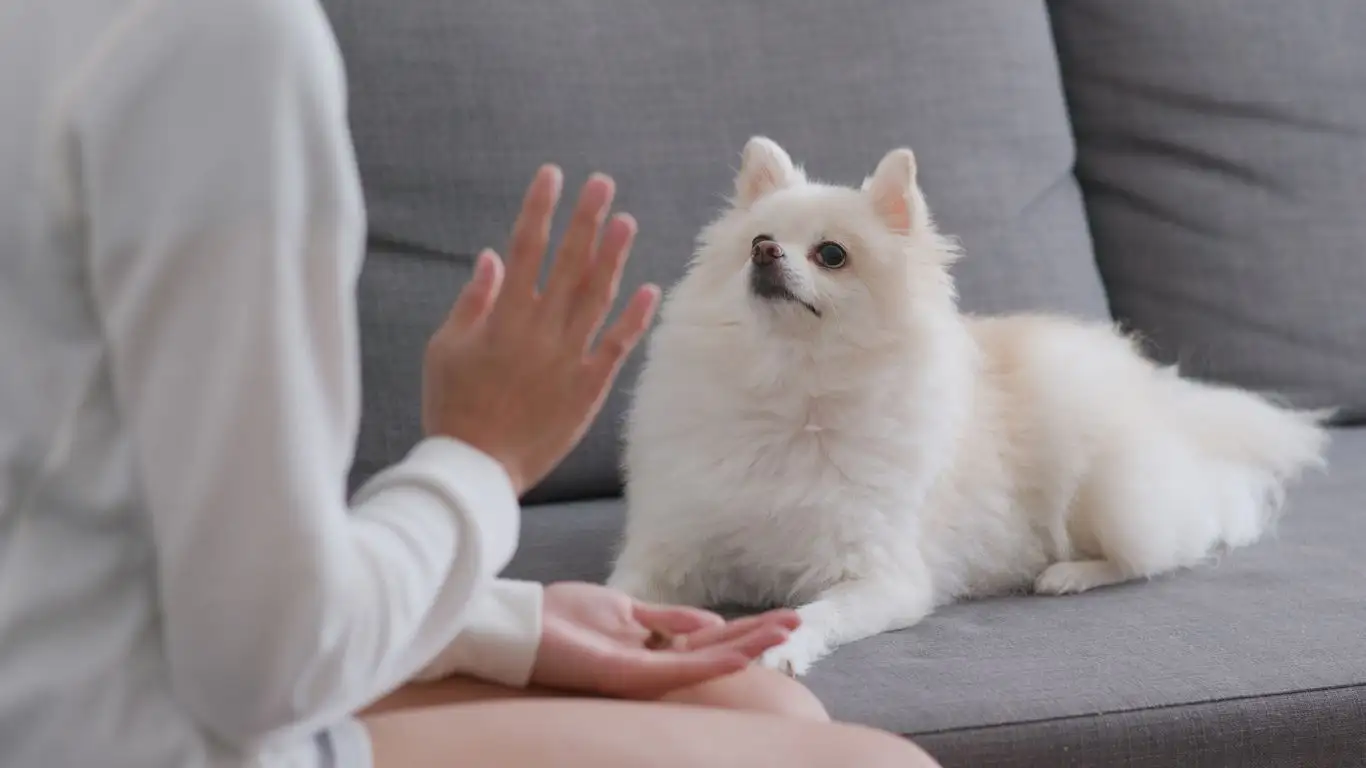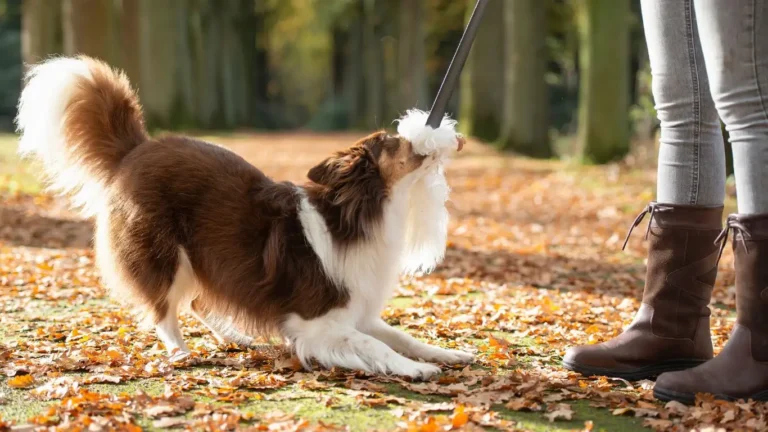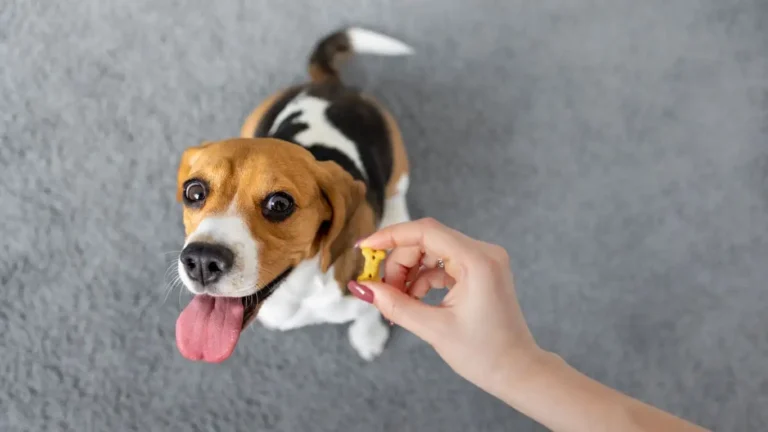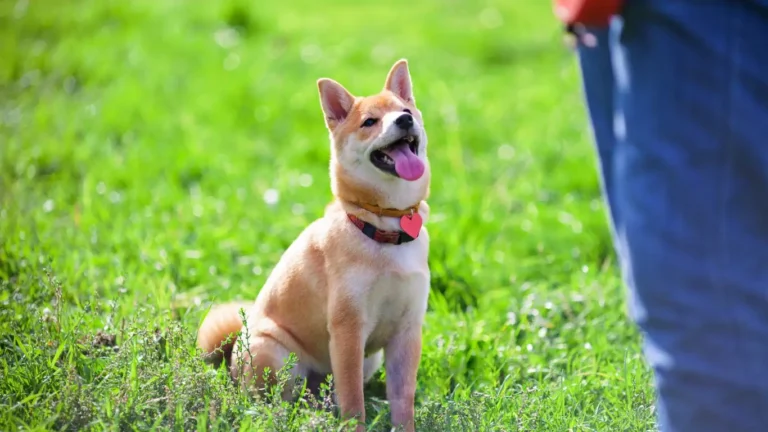How to Train a Dog to Sit on a Bench: Easy and Effective Tips
If you’ve ever wondered how to train a dog to sit on a bench, you’re in the right place. As someone who’s spent years working in canine-assisted therapy, I’ve taught plenty of pups to do all kinds of things—bench-sitting included! Whether you’re preparing your furry friend for therapy visits, a cute Instagram photo, or just adding a fun new behavior to their skillset, teaching your dog to sit calmly on a bench can be both practical and enjoyable. Let me walk you through the process I use with my own therapy dogs—and trust me, it’s a lot more fun than it sounds!
Why Teach This Skill in the First Place?
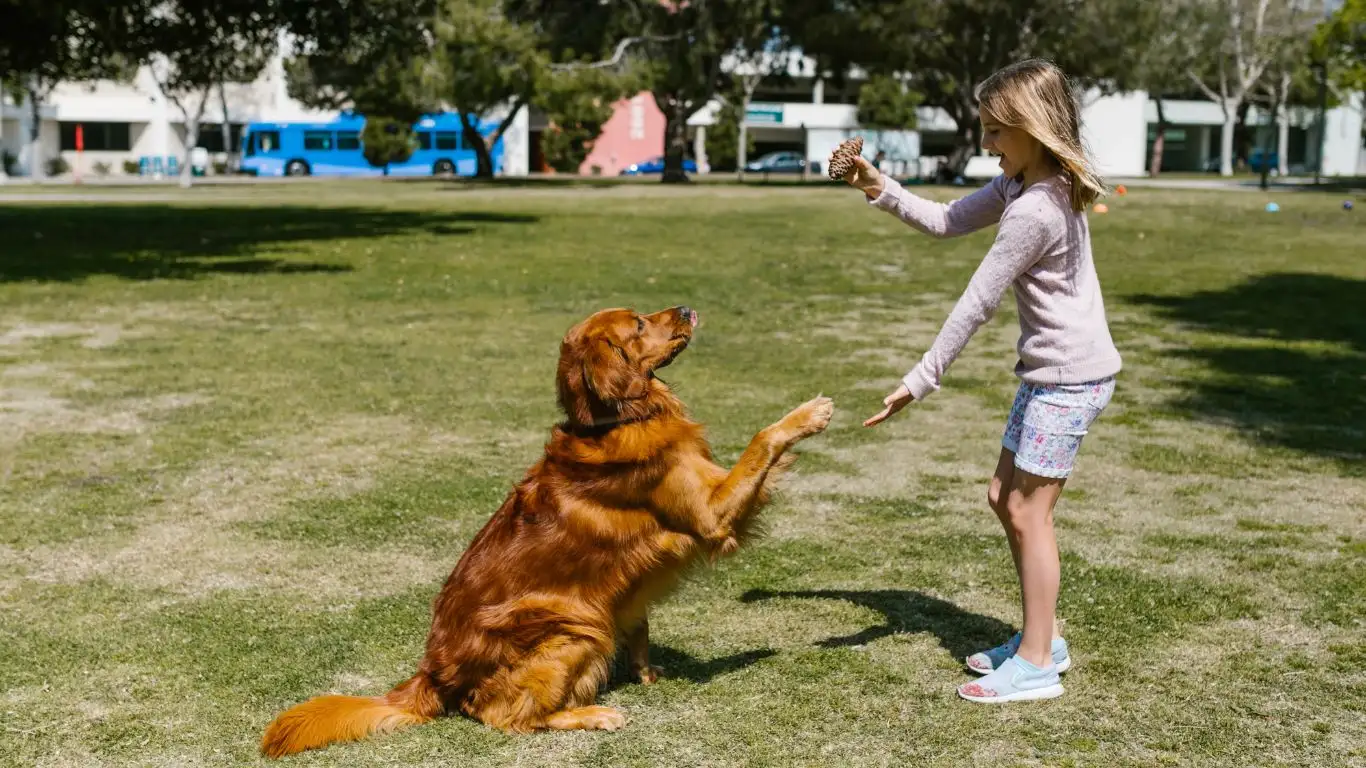
You might be surprised, but there are legit reasons to teach this beyond just showing off. In the therapy world, especially when working in hospitals or schools, benches and chairs are part of the environment. So being able to ask your dog to hop up and sit beside a person (calmly!) can be a game-changer. It helps with accessibility, encourages connection, and can create special bonding moments with patients. One of my therapy dogs, Bailey, actually used to snuggle right up to patients on garden benches during outdoor sessions—it was the sweetest thing!
Setting the Stage for Success
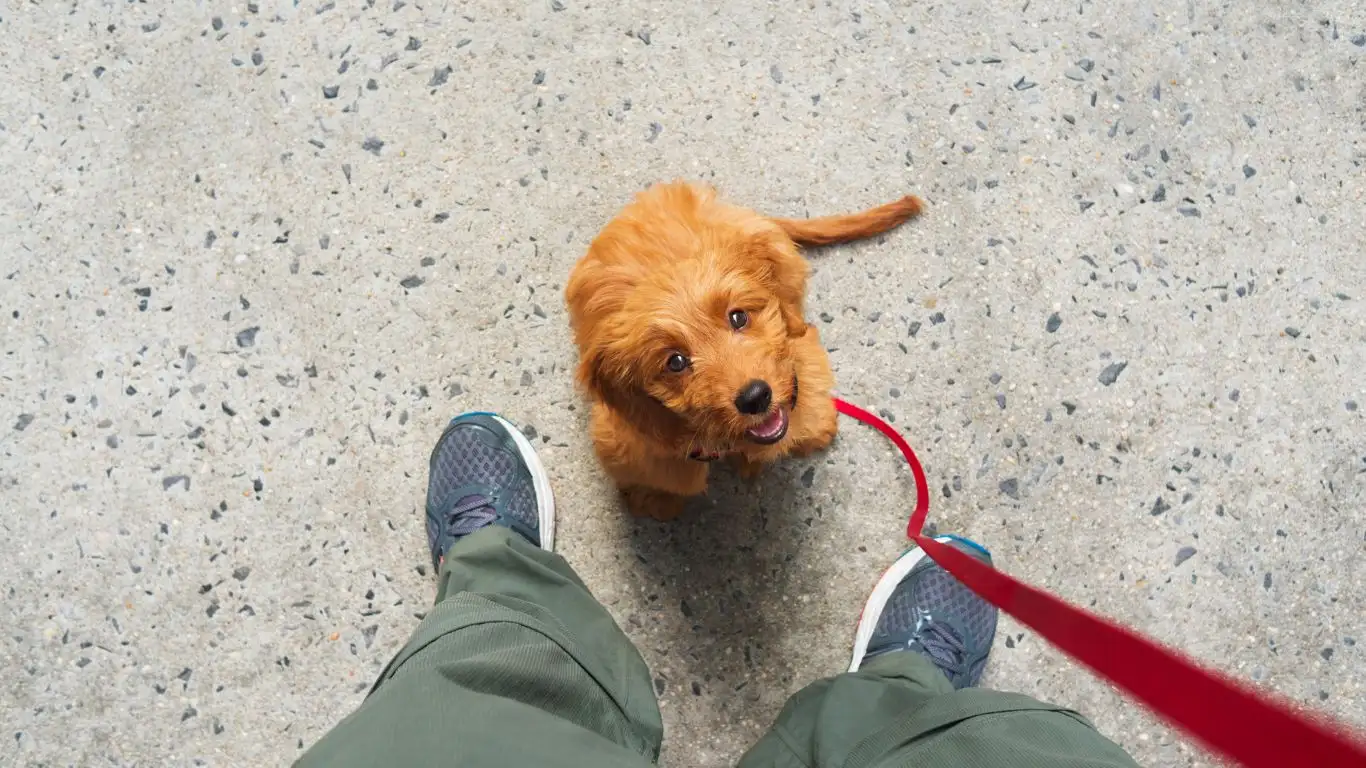
Before you even start the actual bench training, there are a few key things you’ll want to get right. Trust me, skipping this stuff will just make things harder later.
Choose the Right Bench
Find a sturdy bench that’s low enough for your dog to hop onto without hurting themselves. If you’re working with a small or older dog, use a platform or a padded training surface first. Some dogs are super sensitive to slippery or wobbly surfaces, so stick with something stable and non-slippery. I learned that the hard way with Max, a golden retriever who refused to sit on metal benches. Wood or plastic worked way better!
Get Those Obedience Basics Down
This training builds on simple commands like “sit”, “stay”, and “up” (or “place” if that’s your style). If your pup hasn’t nailed these yet, take a few days to practice. Bench work requires trust, so your dog needs to understand what you’re asking—and feel confident doing it. Use high-value treats and lots of praise.
- Sit: Your dog should be able to sit on cue in different environments.
- Stay: You’ll want them to hold their position without popping up every 2 seconds.
- Place/Up: This is what helps transition your dog onto the bench itself.
Use a Long Leash or Training Lead
When you’re working in a park or public space, safety is key. A 6-foot leash or even a 15-foot training lead can give your dog room to move without the risk of running off. Always make sure your pup is calm and under control before approaching the bench. I usually do a short focus drill beforehand just to get us both in the right headspace.
Step-by-Step: How to Train a Dog to Sit on a Bench

- Start with Familiar Ground: Practice the “up” command at home using a low surface like a couch or step stool. Reward the moment all four paws are up.
- Move to the Bench: Once they’re comfortable with the motion, try it on your selected bench. Lure them with a treat and mark it the moment they hop up.
- Ask for a Sit: As soon as they’re up, give your “sit” command. Most dogs will sit automatically if the surface feels secure. Reward and praise like crazy!
- Build Duration: Gradually increase how long they stay on the bench. At first, it might just be a few seconds. That’s totally fine. Slow and steady wins this race.
- Generalize in New Places: Take the show on the road—different benches, different parks, even indoor benches if you’ve got access. Dogs don’t generalize well without practice!
And don’t worry if your pup’s a little hesitant at first. I’ve had even the most confident working dogs look at a bench like it’s lava the first few tries. Patience, a calm tone, and lots of chicken treats usually do the trick. You’ve got this!
Common Challenges and How to Tackle Them

Alright, so let’s be real—training isn’t always smooth sailing. Even the most food-motivated, people-pleasing dogs can throw you a curveball. Over the years, I’ve had to get creative with more than a few pups. Here’s what I’ve learned from the quirky, the stubborn, and the downright dramatic dogs I’ve worked with.
“My Dog’s Scared of the Bench”
This one’s super common. Benches are weird! They’re raised, sometimes creaky, and made of unfamiliar materials. One of my little therapy trainees, Luna the beagle, would pancake the second she got near anything wooden. The trick? Break the task down.
- Let them sniff and explore the bench with no pressure to get on it.
- Use treats to create a positive association—reward them just for touching it.
- Gradually lure them with a treat, starting with just front paws up, then backing off before they feel overwhelmed.
Take your time here. Confidence grows slowly for some pups, and that’s okay.
“He Gets On the Bench But Won’t Stay”
Been there! The key here is reinforcing the *stay* separately and then layering it in. What worked wonders for my Labrador, Scout, was asking for very short durations at first. Literally one deep breath’s worth of time. Reward. Repeat. Add more time as they succeed.
Another trick? Reinforce calm behavior. If they fidget or try to jump off, calmly guide them back and reset. No scolding—just clear boundaries. Dogs thrive on consistency.
Adding Distractions (Because Life’s Never Quiet)

Okay, so your dog’s a bench-sitting rockstar at home or in the quiet park corner. But then a squirrel zips by or a skateboarder zooms past—and poof, focus gone. That’s normal! Generalizing this behavior under distraction is what takes it from “neat trick” to “real-world skill.”
Start Small, Level Up Gradually
I like to think of distractions like levels in a video game. You wouldn’t throw someone into the final boss battle without training, right? Same goes for our dogs. Start with mild distractions—distant sounds, people walking by, maybe a passing bike. Gradually increase the chaos as your dog succeeds.
- Try training during off-peak hours first, when the park’s quieter.
- Use *super high-value* treats for working around distractions. Think liver, cheese, or whatever your pup goes bonkers for.
- Keep sessions short and end on a win, even if it’s tiny.
There’s this sweet old husky I worked with named Blaze. He was a bench pro until a balloon popped nearby and he was out. After that, we worked on reintroducing sounds slowly while reinforcing the bench behavior. Eventually, he was chill even at busy farmer’s markets!
Layering in Cues and Real-Life Applications

Once your dog can reliably sit on a bench, you can add a verbal cue like “bench” or “up-up.” Consistency is key here—say the cue right as they’re about to jump up. Soon they’ll associate the word with the action.
Practice in Context
If you’re training for therapy work like I do, practice in actual therapy-like settings. Bring your pup to outdoor cafés, community events, or pet-friendly libraries. It helps them learn that benches aren’t just training tools—they’re real-life hangout spots!
For one of my dogs, Harper, we paired the “bench” behavior with deep pressure therapy. She’d sit beside someone and gently lean her body in. Just imagine the comfort that brought to kids dealing with anxiety during sessions—it was magic.
Pairing the Behavior with Connection
Here’s the heart of it: bench sitting isn’t just about obedience. It’s about connection. When a dog calmly shares a space with someone—especially on eye level—it creates moments of real bonding. Whether you’re a therapy team or just out with your best furry friend, teaching your dog to chill on a bench beside you opens the door to so many lovely experiences.
And honestly? Watching your dog settle in next to someone who needs a little comfort, even if it’s just a stranger in the park, is one of the most rewarding feelings ever. This skill might start as a trick—but it becomes a gateway to trust, calm, and shared joy.
Maintaining the Skill and Making It Last
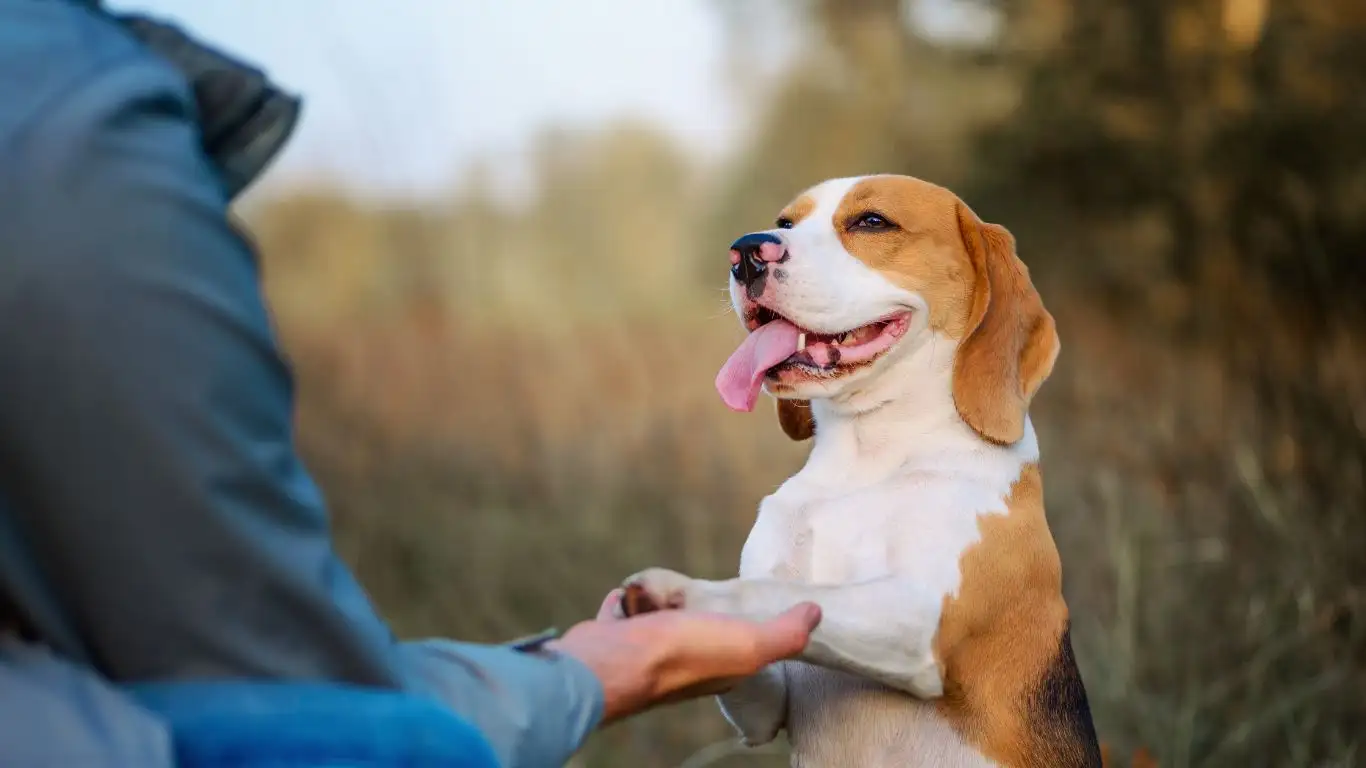
So you’ve got your dog sitting on benches like a pro—awesome! But like any skill, consistency is king. I can’t stress enough how important it is to keep practicing regularly, even once your dog seems to have “mastered” it. In my years as a canine-assisted therapy trainer, I’ve seen how quickly dogs can lose focus or get sloppy if training sessions become too few and far between.
Here’s my go-to for keeping the skill sharp:
- Short, frequent refreshers: Instead of long sessions, aim for quick 5-minute practices a few times a week. It keeps the behavior fresh without overwhelming your dog.
- Vary the environment: Make sure to practice on different benches, surfaces, and locations to keep the behavior flexible and strong.
- Mix in other commands: Combine bench-sitting with “stay,” “watch me,” or “down” so your dog stays mentally engaged and responsive.
- Use life rewards: Let your dog earn a walk, playtime, or affection by sitting on the bench calmly. That real-world payoff can be more motivating than treats alone.
One of my favorite therapy dogs, Juno, especially loved “earning” bench time during outdoor sessions. The moment she sat quietly, I’d toss her favorite ball or let her sniff the nearby flowers. It reinforced that sitting calmly isn’t just about following commands—it’s a ticket to fun and connection.
When to Seek Professional Help

Now, not every dog takes to bench training immediately. If you’re struggling with fear, stubbornness, or focus issues, don’t hesitate to reach out for professional support. Certified trainers and behaviorists can tailor techniques specifically to your pup’s personality and needs.
In my experience, working alongside a pro can make a world of difference. For example, a client brought me a dog who was terrified of all raised surfaces. Together, we used desensitization and counter-conditioning methods that might be tricky to do solo. The dog’s progress blew us all away in just a few weeks.
Remember, no two dogs are the same. Getting guidance early can save frustration and deepen the bond you share with your furry companion.
Bringing It All Together: The Heart Behind the Training
Training your dog to sit on a bench might sound like a simple trick at first, but it’s actually a gateway to so much more. It’s about trust, patience, and teamwork. It’s about giving your dog a job that feels meaningful and rewarding.
From my years of working with therapy dogs, I’ve seen how this skill opens doors—to comfort for those in need, to fun adventures, and to countless quiet moments of companionship. If you keep your approach positive, your expectations realistic, and your treats handy, you and your dog will not only master bench-sitting but also strengthen your incredible bond.
Thanks for joining me on this training journey. Keep those tails wagging!
References
Disclaimer
This article is for informational purposes only and reflects personal experience and professional insight in canine-assisted therapy training. Always consult a certified dog trainer or behaviorist for personalized advice and support tailored to your dog’s specific needs and health conditions. Individual dog responses to training can vary.
